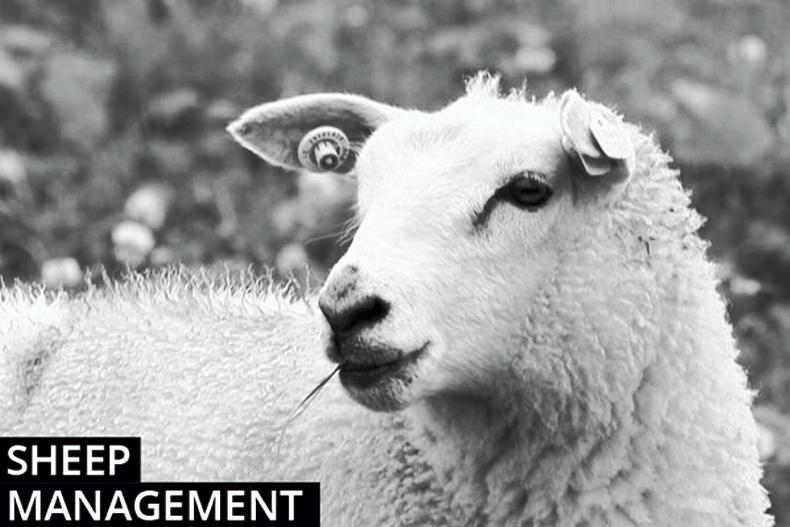Speaking at Tuesday night’s Teagasc Sheep Conference in Carrick-on-Shannon, Seamus Fagan from the Athlone Regional Veterinary Lab told farmers that securing an accurate diagnosis for abortion in ewes is difficult. The average diagnosis rate internationally is about 50%. Seamus says the chances of identifying the cause can be greatly helped by the quality of samples submitted. He urged farmers to submit the placenta or afterbirth highlighting that this is frequently as important, if not more important, than the foetus in making a diagnosis.
The speed at which it is submitted will also have a bearing. In addressing Schmallenberg virus, he said the Kilkenny RVL is worryingly seeing an increase in the volume of abnormal lambs being born, with reports also suggesting some incidences at farm level that are not being submitted to labs. There is nothing farmers can do at this stage apart from increasing supervision at lambing and approaching difficult lambings with care.
Hygiene at lambing
Another critical area highlighted as a significant cause of lamb mortality is unhygienic conditions at lambing. Seamus pointed out that many farmers pay great attention to ensuring that a lamb’s navel is dipped but often fail to address general hygiene in group or lambing pens. He said that the mouth presents an equal risk of bacteria entering the lamb as the navel. Pens should be well bedded with sufficient straw used to prevent ewes’ teats getting dirty, a direct risk to new born lambs. Individual lambing pens should also be cleaned and disinfected as regularly as possible to prevent a build-up of infection.
Read more
Vet's corner: increased number of abortions and deformities
What can you expect to see and what can you do if Schmallenberg virus hits?
Sheep management: using scans to prepare lambing
Sheep management: farmyard manure
Speaking at Tuesday night’s Teagasc Sheep Conference in Carrick-on-Shannon, Seamus Fagan from the Athlone Regional Veterinary Lab told farmers that securing an accurate diagnosis for abortion in ewes is difficult. The average diagnosis rate internationally is about 50%. Seamus says the chances of identifying the cause can be greatly helped by the quality of samples submitted. He urged farmers to submit the placenta or afterbirth highlighting that this is frequently as important, if not more important, than the foetus in making a diagnosis.
The speed at which it is submitted will also have a bearing. In addressing Schmallenberg virus, he said the Kilkenny RVL is worryingly seeing an increase in the volume of abnormal lambs being born, with reports also suggesting some incidences at farm level that are not being submitted to labs. There is nothing farmers can do at this stage apart from increasing supervision at lambing and approaching difficult lambings with care.
Hygiene at lambing
Another critical area highlighted as a significant cause of lamb mortality is unhygienic conditions at lambing. Seamus pointed out that many farmers pay great attention to ensuring that a lamb’s navel is dipped but often fail to address general hygiene in group or lambing pens. He said that the mouth presents an equal risk of bacteria entering the lamb as the navel. Pens should be well bedded with sufficient straw used to prevent ewes’ teats getting dirty, a direct risk to new born lambs. Individual lambing pens should also be cleaned and disinfected as regularly as possible to prevent a build-up of infection.
Read more
Vet's corner: increased number of abortions and deformities
What can you expect to see and what can you do if Schmallenberg virus hits?
Sheep management: using scans to prepare lambing
Sheep management: farmyard manure






 This is a subscriber-only article
This is a subscriber-only article










SHARING OPTIONS: